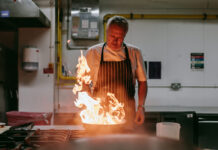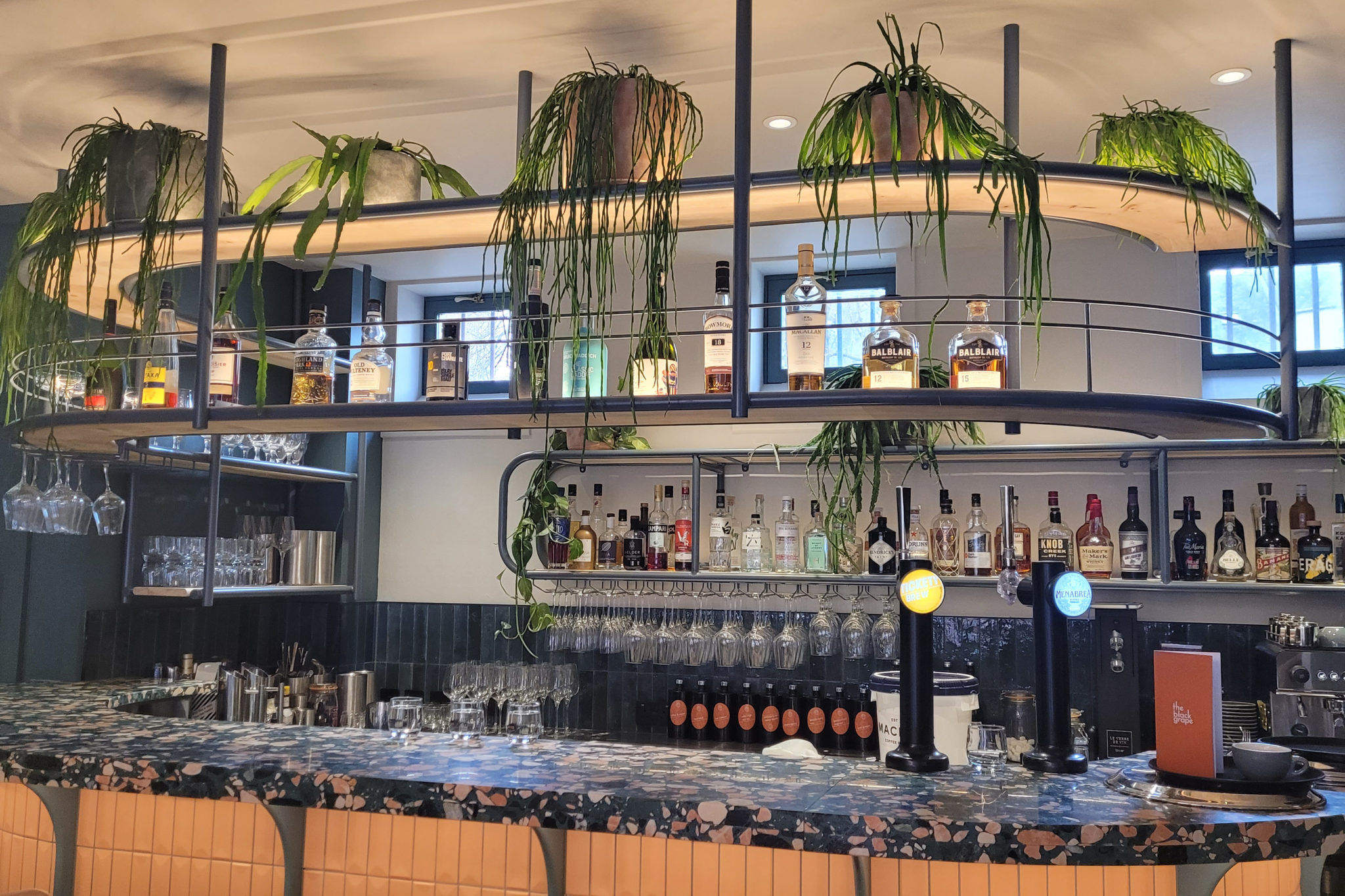 AMIDST the tartan, tradition and tourists of Edinburgh’s Royal Mile, Murray Ainslie’s newly opened restaurant and wine bar venture, The Black Grape, stands out as a refreshing oasis of modern European cool.
AMIDST the tartan, tradition and tourists of Edinburgh’s Royal Mile, Murray Ainslie’s newly opened restaurant and wine bar venture, The Black Grape, stands out as a refreshing oasis of modern European cool.
A great deal of effort has gone into making The Black Grape look effortless – “stripped back, Scandi style, but warm,” as Murray describes the vibe – but the closer you look, whether at the décor or the menu, the more carefully crafted detail you will discover.
But t’was not always the way in this space. For decades before, this spot down on the less beloved Canongate end of the Mile persisted as Pancho Villa’s, home to many a taco and tequila slammer, and a haunt of the younger Murray when he lived locally and had yet to make his hospitality mark as operations director for the Compass Group.
In a neat synchronicity, his business partners in The Black Grape are friends from his student days, Stuart Hunter and Cameron Taylor, who may or may not have taken a tequila or two in Pancho’s before they became successful in oil industry recruitment, enabling them to step up as backers for this, Murray’s first solo venture.
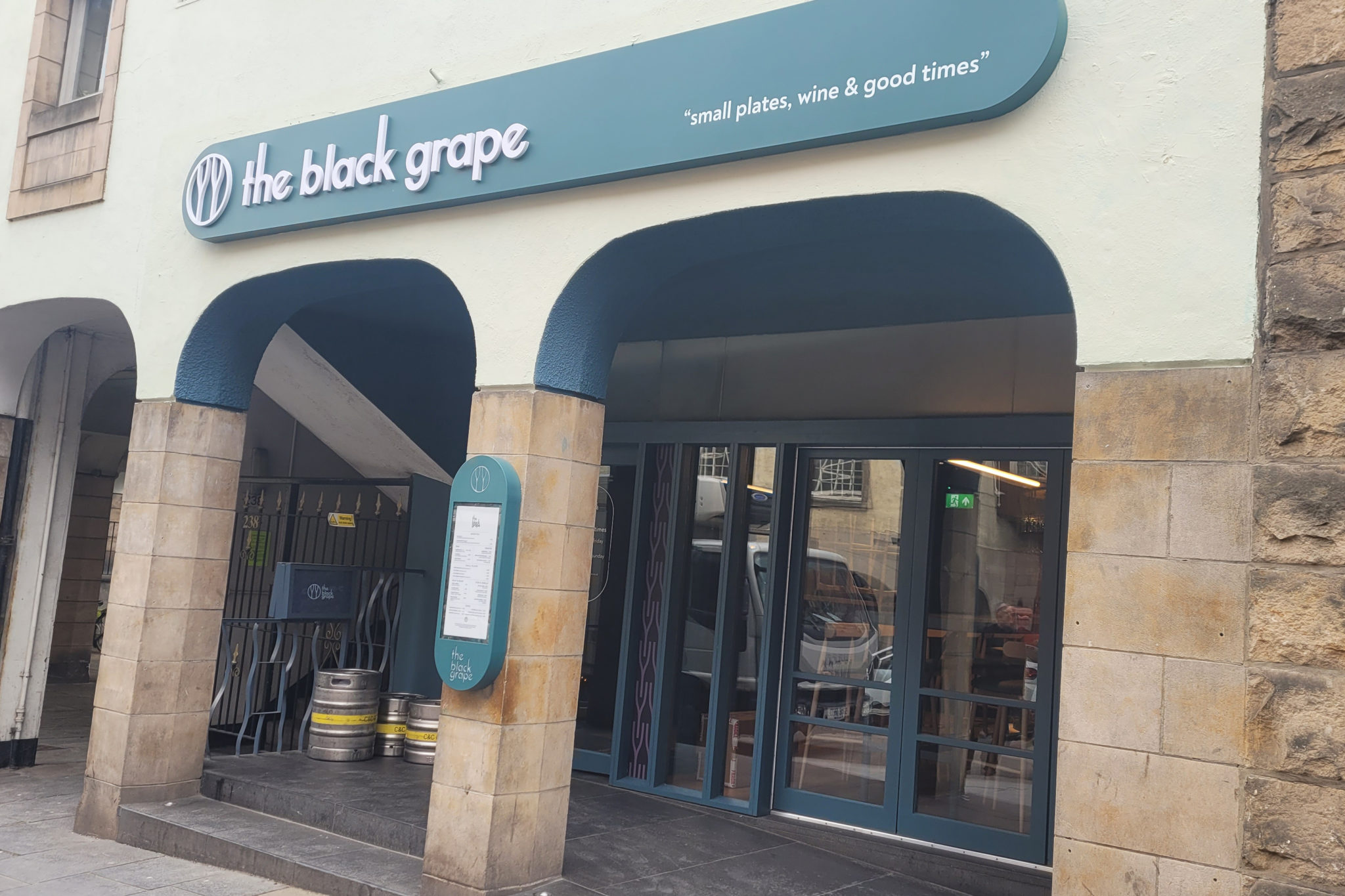
All three’s tastes had matured in their post-Pancho’s years, and The Black Grape was conceived as the ‘culmination of years of dining out and socialising together’, bringing together what they liked about modern European hospitality in cities like Madrid and Berlin – neither lowest common denominator nor elitist, cool without being chilly, contemporary without being a slave to fashion.
Above all else, the boys wanted to project an air of welcoming accessibility, an open invite for locals and tourists alike to come in and enjoy ‘small plates, wine and good times’.
“But first we had to pull the whole thing out,” recalled Murray. “Right back to the bricks. There were some nervous moments.”
No stranger to venue refits – in his 12 years with Compass, he helped shepherd The Chop House and White Horse brands into being – Murray was well aware that there can be friction between designers and builders, so opted to bring in award winning commercial interiors company Splintr, who provide both design and build.
When you have a venue project conceived via long-held mutual agreement, then delivered by designers and tradesmen working in harmony, it shows.
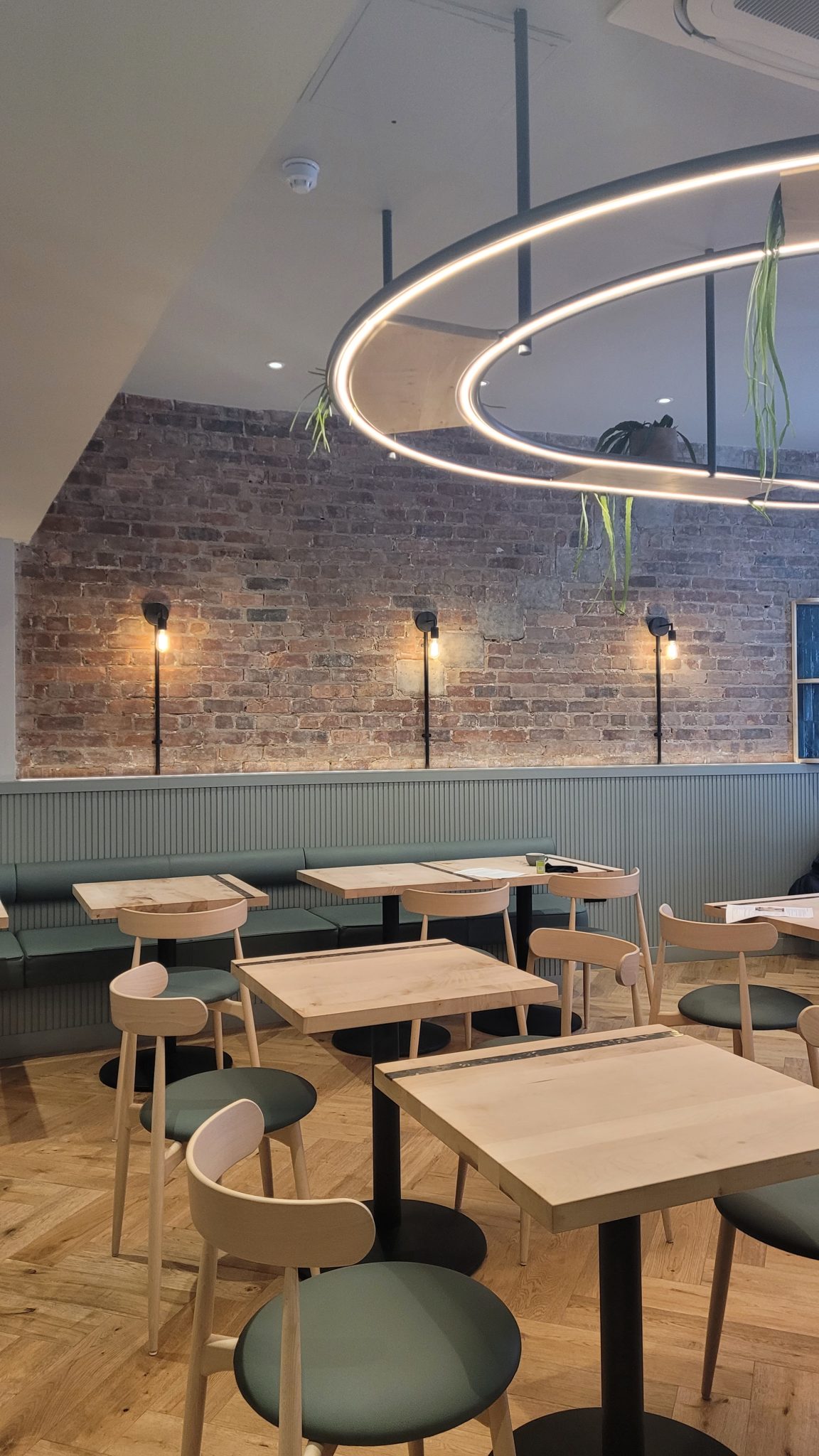
The Black Grape has gentle curves integrated throughout its fixtures and fittings, most strikingly embodied in the first thing that customers see on entering the space – an elegant sculpted terrazzo-topped bar, the shape of which is matched by the gantry above and the tile layout below.
The slope of the Canongate gives the venue a two-deck layout, with the lower focussed upon that bar, and its attendant 10-seat raised table, while the upper level is laid out as a 38-cover restaurant, underneath an equally one-off light fitting that echoes the curvaceous shape of the bar.
Again, the booths against the venue’s top wall – all upholstered in lichen-hued leather, like the free standing chairs – are half moon curves, while the isolated space to the left of the step up into the restaurant area has been fitted out as a three-quarter circle dining table perfect for celebratory bookings.
At various spots throughout, sparing use of live greenery softens the décor, hanging off those curves with just enough chaos to avoid the impression that the pristine environment is somehow computer generated. (Grow Urban is the supplying plant merchant, who have helpfully trained a staff member in the plants’ proper care).
Along its street-facing length, The Black Grape has bespoke picture windows letting in a lot of natural light, and which can be opened up in the good weather to take advantage of the property’s slight offset back from the main pavement – but their main purpose in the hours of darkness is to give passers-by on the Royal Mile a good look at that lovingly-lit interior.
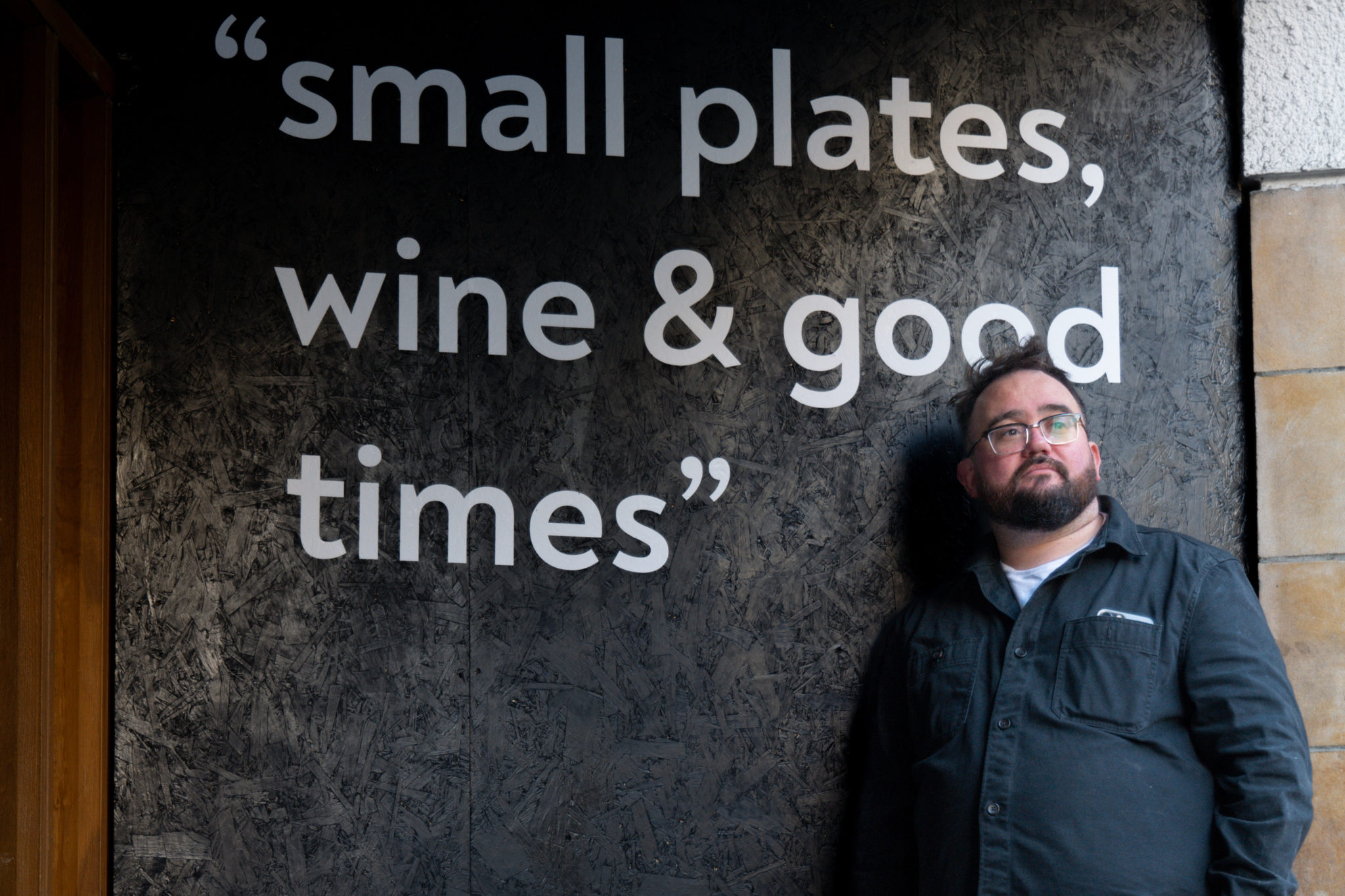
“We really wanted this to be the kind of place that people notice as they walk past, and either come in on impulse, or make a mental note to come back,” said Murray, who is mildly evangelical about raising the hospitality game in the area.
“Canongate has always seemed the forgotten end of the Royal Mile, but looking at it now, you’ve lots of stuff going on. I know the area – and it is only going up.”
Once a customer commits to coming inside The Black Grape, they’ll find a carefully curated food and drink offer. The wine is sourced through Hallgarten, who Murray compliments for providing an ‘esoteric’ range – “we had a lot of fun choosing the list” – while the cocktail menu has 16 originals concocted for them by award winning bartender Joey Medrington, making extensive use of homemade syrups and cordials.
With regard to bought-in drinks ingredients, The Black Grape team like to hang onto their homespun vibe by favouring the rare and wonderful: “We are always trying to source small batch stuff, like Sipello gooseberry liqueur, and Regal Rogue Australian vermouth. It’s good to offer something out of the ordinary, something that people don’t see everywhere they go.”
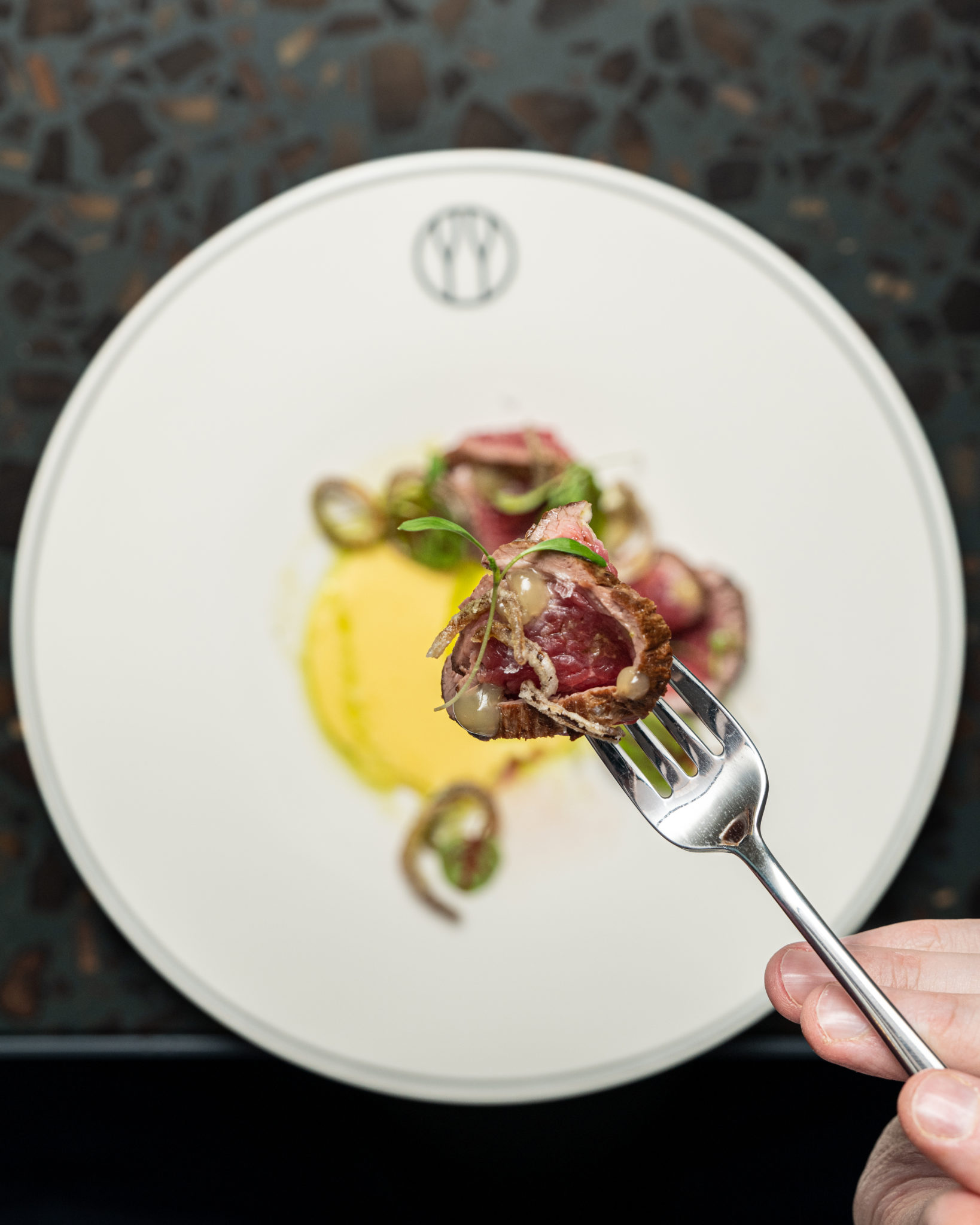
The food offering, with a distinct slant towards local supply of Scottish produce, is presented as a series of small plates, sharing style, rather than conventional starters / mains / desserts, and is set out in the menu under categories ‘meat & game’, ‘fish & shells’, ‘raw’ etc.
“We wanted to have people settle in, not just eat and get out. The sharing style encourages that. People can linger, have a drink, decide to order something else off the menu.”
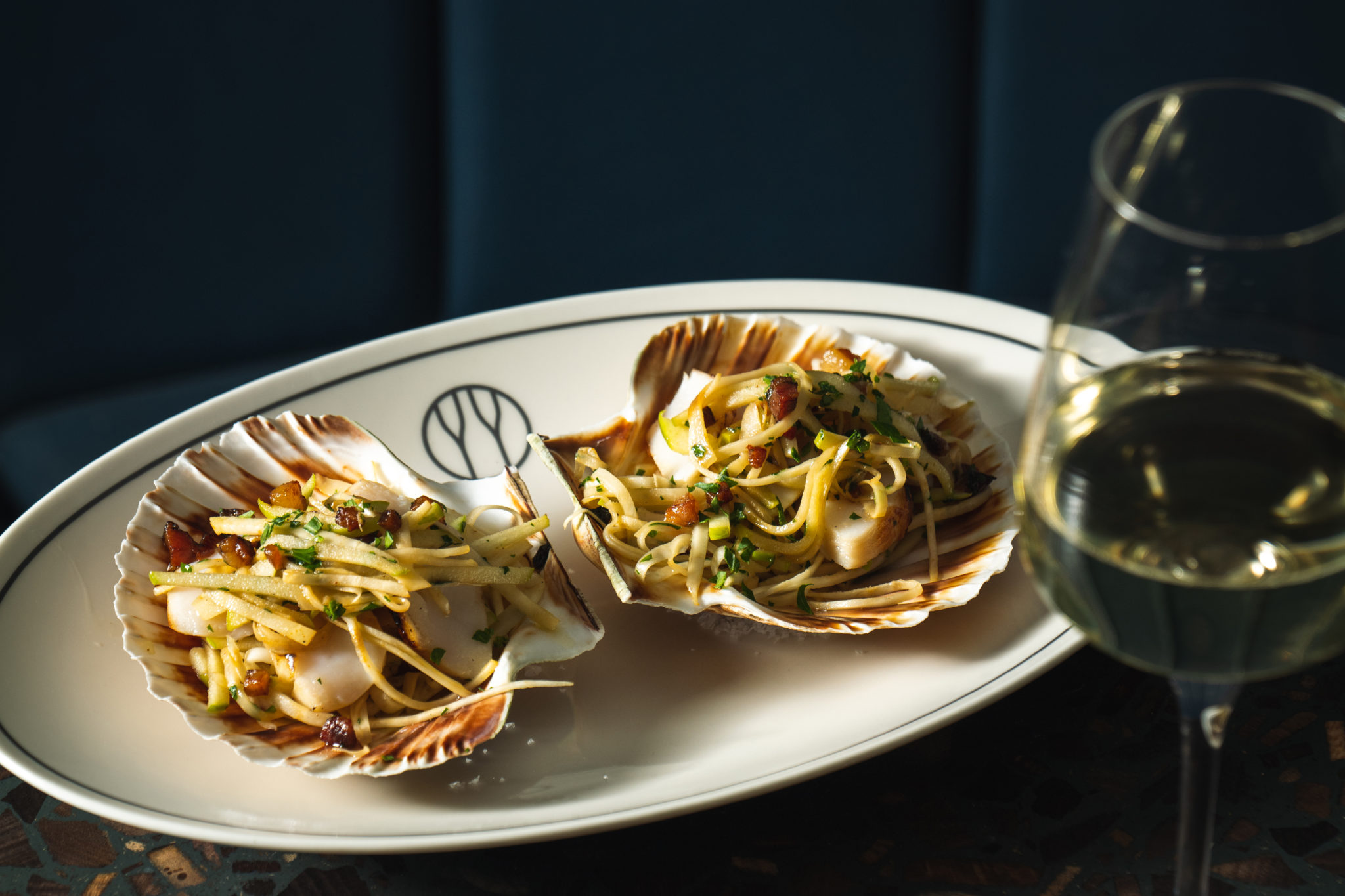
Head chef Owen Morrice prepares everything fresh in-house, and when SLTN visited, was preparing to ditch the successful winter launch menu in favour of a whole new offer for the Spring.
“We have a commitment to change our menu every 12 weeks,” explained Murray. “It is hard to say goodbye to some of the favourites. But we never want to be formulaic.”
Murray is keen to build word-of-mouth support for the business, and by providing consistently high quality experiences, create ‘super-fans’ who can then go forth and multiply.
“We really want to get people interested in what we are doing – it is not a ‘stack-em-high’ operation.”
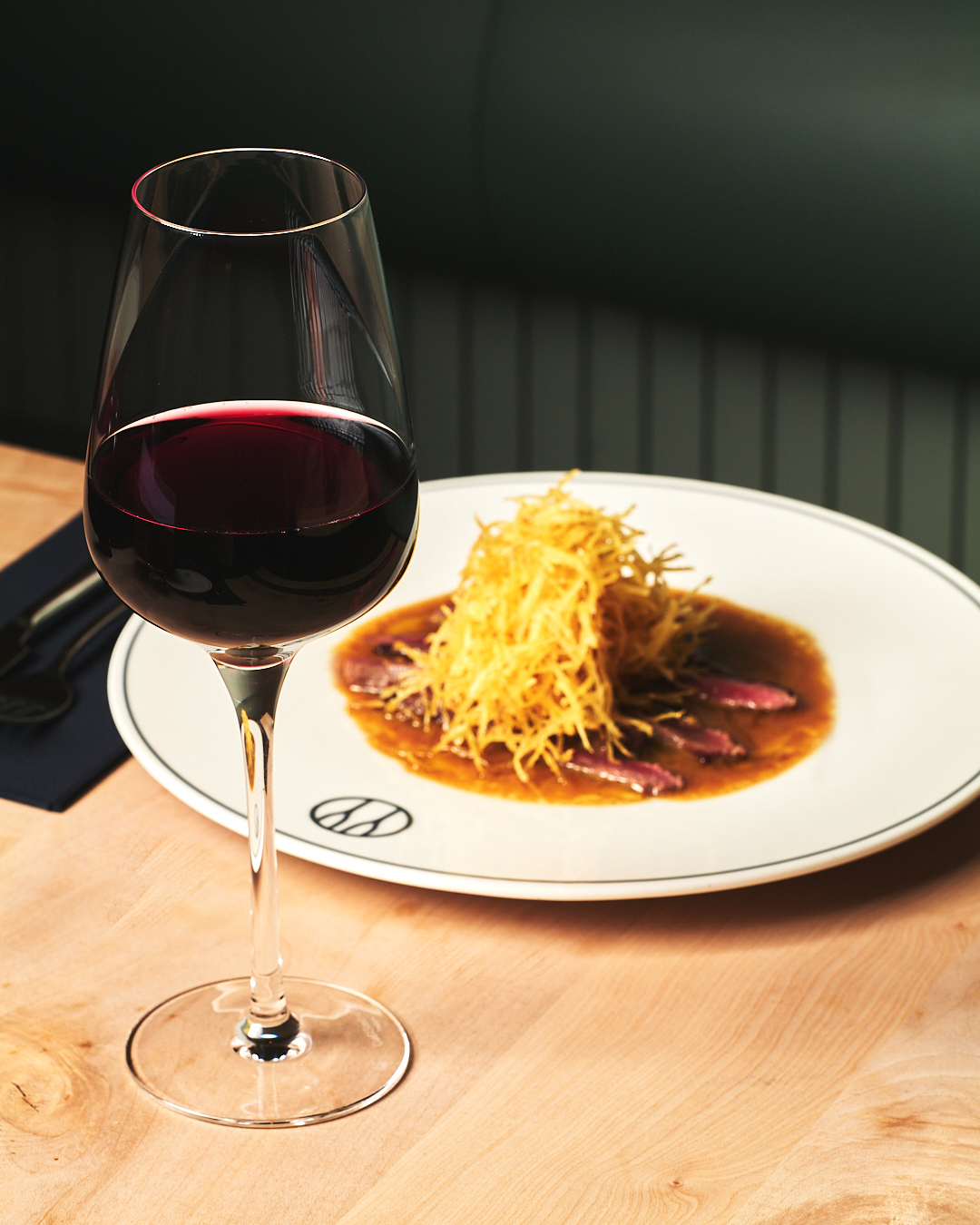
Given the successful launch of both the venue and its concept, into what were far from ideal economic circumstances – “the week before Christmas during a cost-of-living crisis” as Murray puts it – he does not rule out the possibility that The Black Grape itself might multiply, and become a name that people further afield than EH8 will learn to associate with those ‘small plates, wine and good times’.



